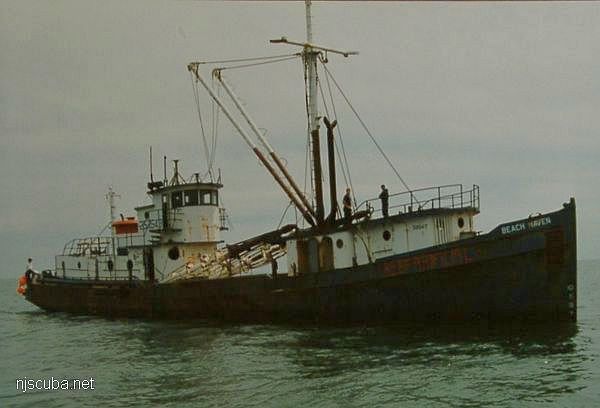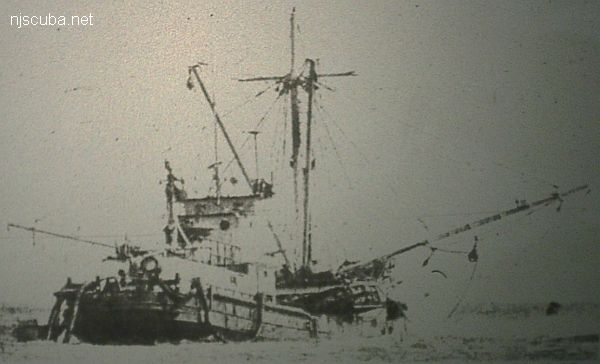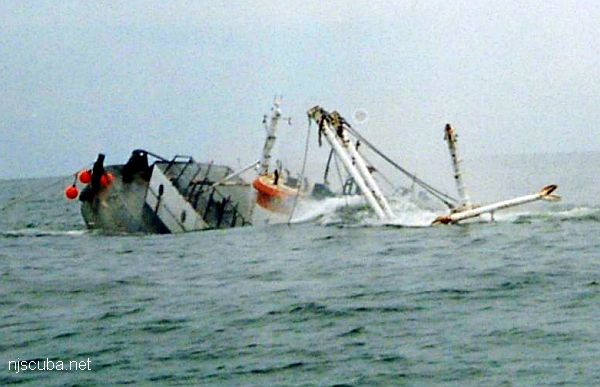Beach Haven

- Type:
- artificial reef, purse seiner, clam dredge, USA
- Built:
- 1949, RTC Shipbuilding, Camden NJ USA
- Specs:
- ( 125 x 21 ft )
- Sponsor:
- Gifford Marine Company, Fish America Foundation, Artificial Reef Association
- Sunk:
- Thursday August 6, 1992 - Atlantic City Artificial Reef
- GPS:
- 39°15.340' -74°14.017'


257548

Robert Bowles:
January 4, 2025 at 1:28 am
The Beach Haven was part of the Smith Oil Company fleet along with the vessels Brigantine, Sea Girt, Absecon, Cape May, Delaware, and a number of other vessels. They fished from New Jersey down to Beaufort, NC, and also in the Gulf of Mexico off of Texas and Louisiana. Robert Bowles was captain of the Beach Haven, Charles Bowles was captain of the Brigantine, and Russel Bowles was captain of the Absecon. They were brothers from Reedville, VA
Robert Bowles:
January 4, 2025 at 1:11 am
My father, William Robert Bowles was captain of the Beach Haven when she was a Menhaden fishing vessel and owned by Smith Oil Company. They moved the Pilot House from the bow that was over the galley and crew sleeping quarters to the stern over the engine room for her conversion to a clam boat. I believe Dad was awarded “Top Boat” in 1959 and 1960.